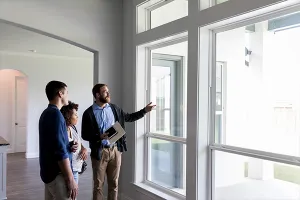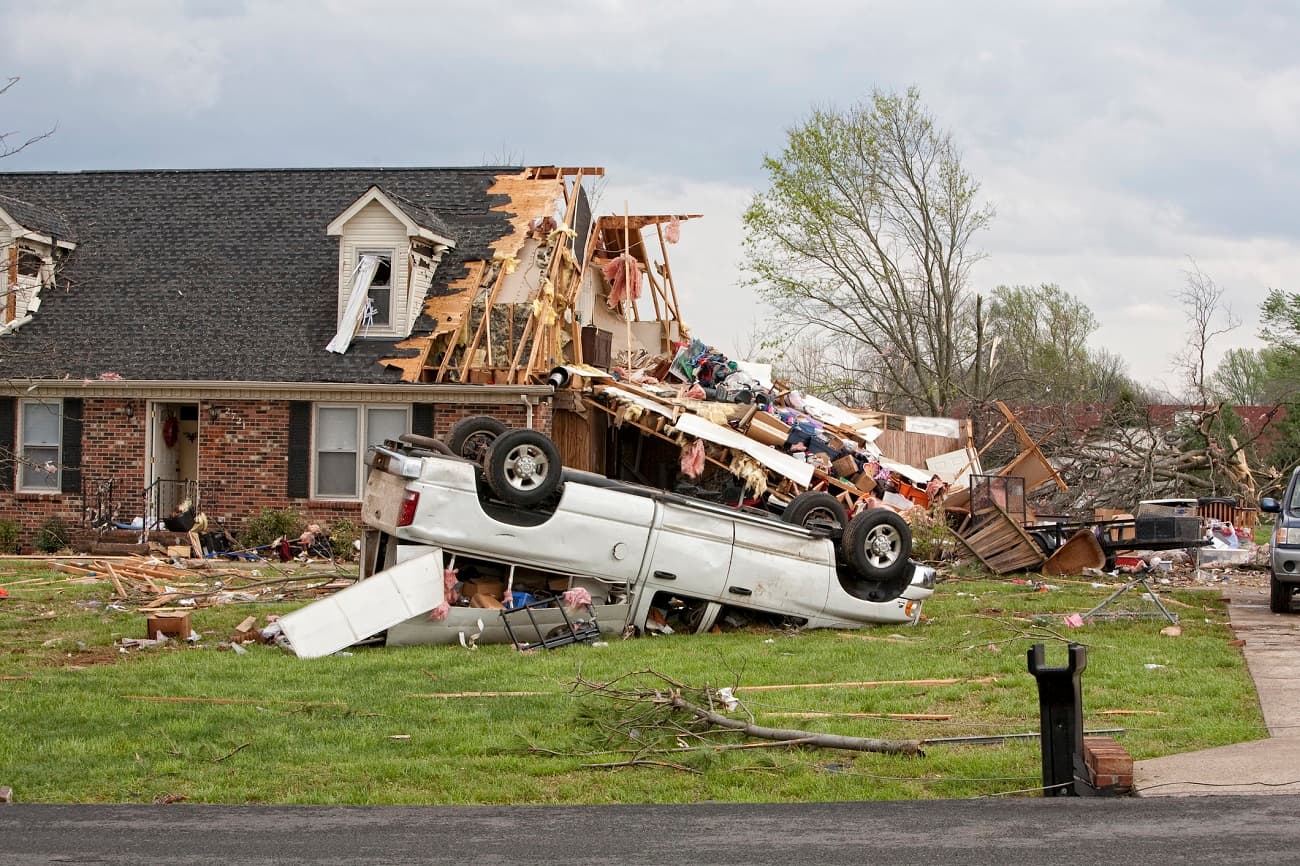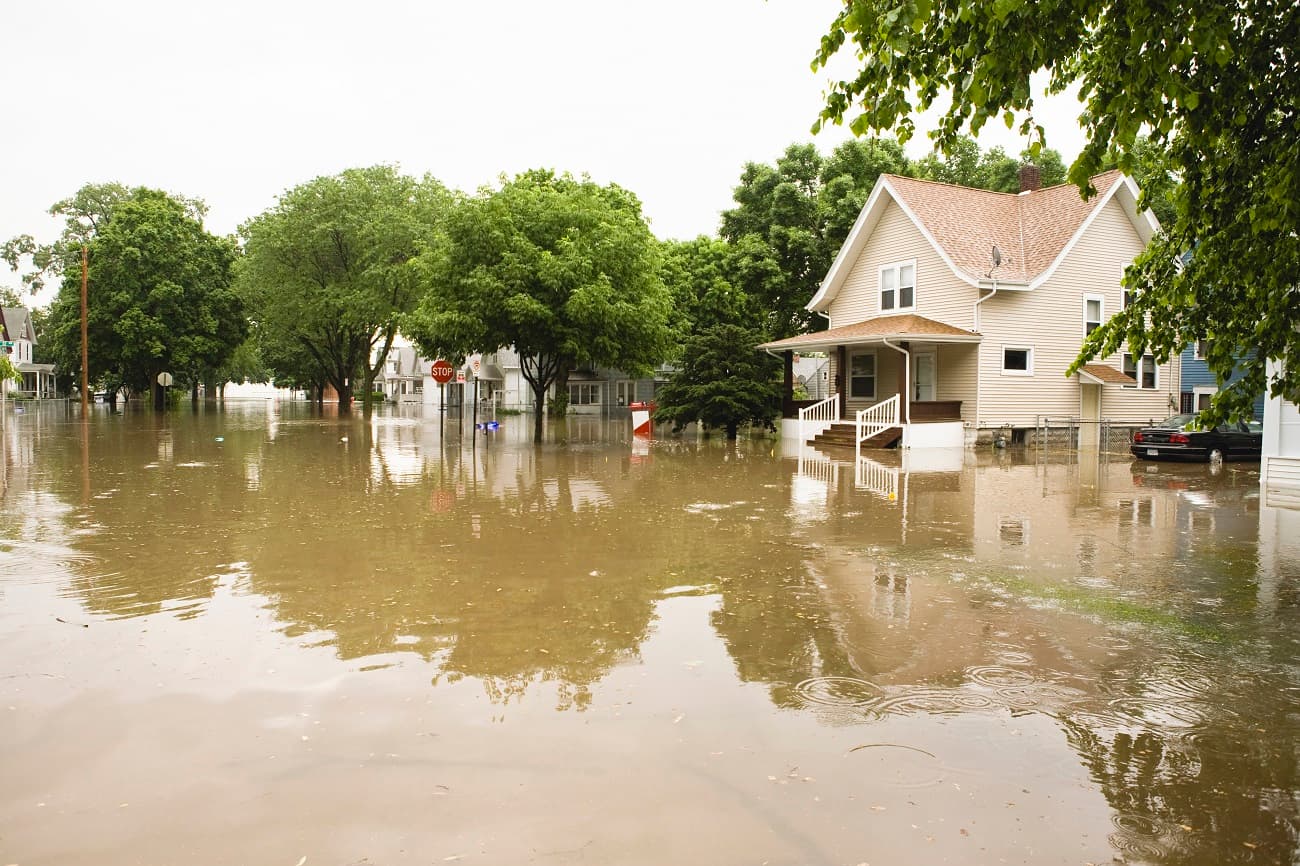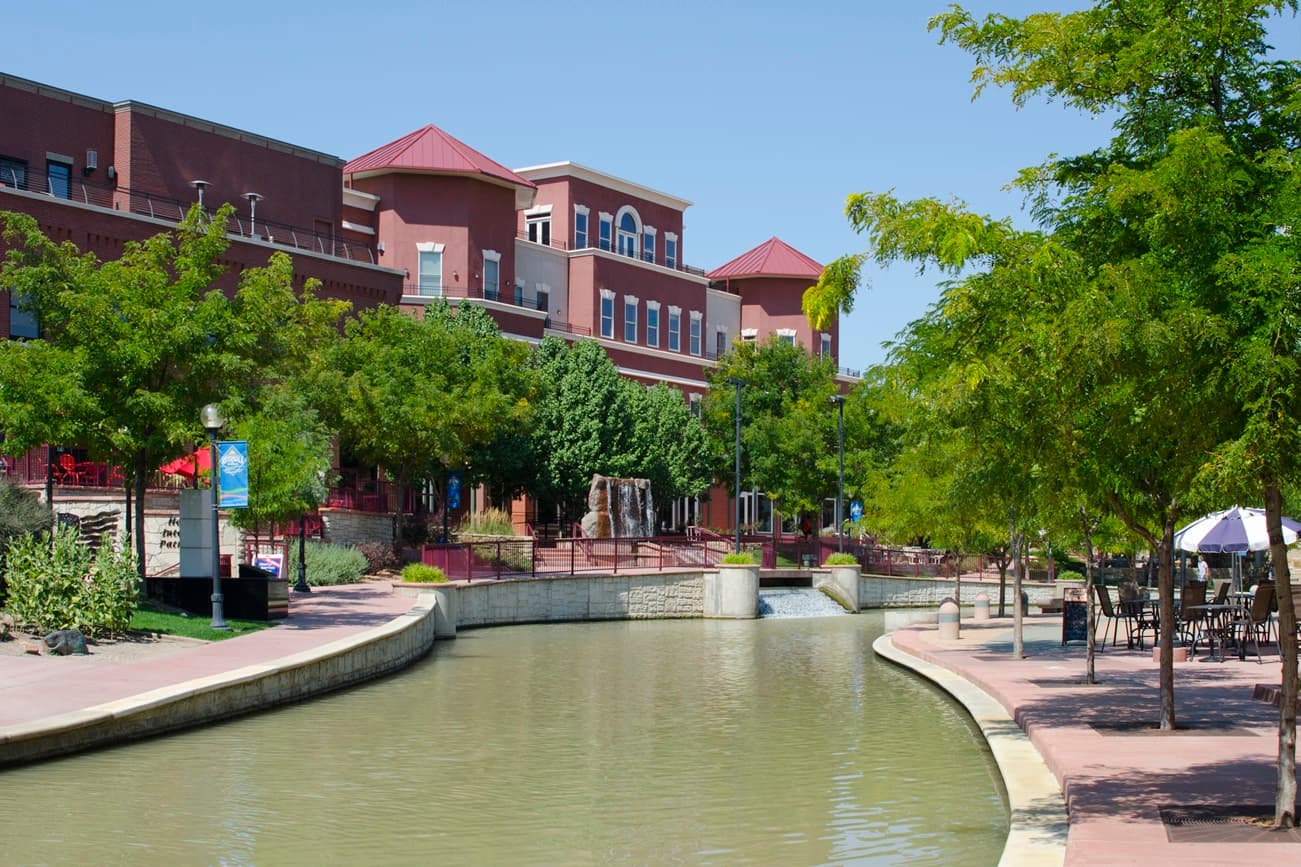Resiliency. It is a word that implies hope during struggle; preparedness; fortitude; and determination when dealing with life’s challenges. In recent years, communities nationwide have faced devastating hurricanes, wildfires, floods, and other extreme weather events, threatening homes, infrastructure and stability. Yet, through rising waters and relentless winds, Americans have shown remarkable resilience — rebuilding, supporting neighbors, and adapting with strength and resolve.
One’s risk of peril depends, generally, on one’s geography. While it may feel like no place is without risk, people can decide which challenge they’re most prepared to face, relocating to areas where they feel more confident adapting to known conditions.

However, in a world where no location is spared from some aspect of intensified weather or its collateral impacts, resiliency comes in shades. Some impacts are easier to predict, prepare for and defend against. While others, such as the indirect consequence of sustained drought creating vast acreage of dried tinder, increasing the chances that a lightning strike or cigarette butt tossed out of a car window will ignite the tinder, are all but impossible.
In this edition of On Common Ground, we explore the many dimensions of resilience in the face of growing hazards. We examine these challenges through various lenses—structural, residential, commercial, financial and purposeful design. We also consider community-wide preparedness strategies and how to strengthen our increasingly strained insurance system. Resilience also often begins at home.
Reinforcing your roof, whether by securing it against hurricane-force winds or choosing fire-resistant materials to protect against wildfire embers, can make a critical difference.
In some ways, this is a very exciting time. Collectively, we are learning a lot, very quickly, about how to fortify structures against a variety of perils, and REALTORS®, in every community, are quickly becoming knowledgeable about local impacts and preparations for them. Developers have built entire communities where the houses have survived hurricanes; where the lights stayed on and people remained connected because powerlines and cables are buried; and the community remained above water due to flood adaptation planning. It feels like a miracle. We will need many more such miracles—or resilient strategies—to cope with the ever-changing environment.












